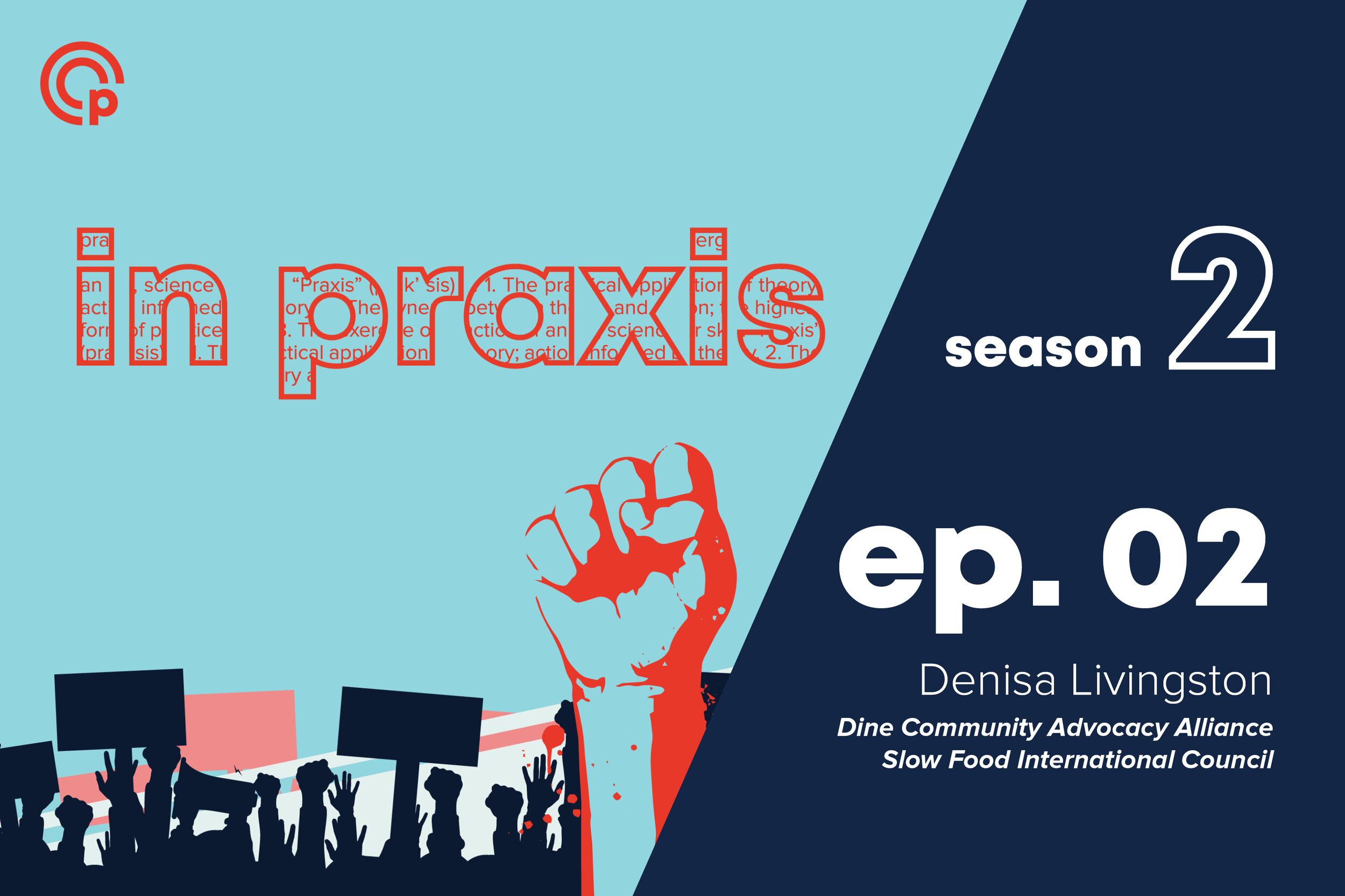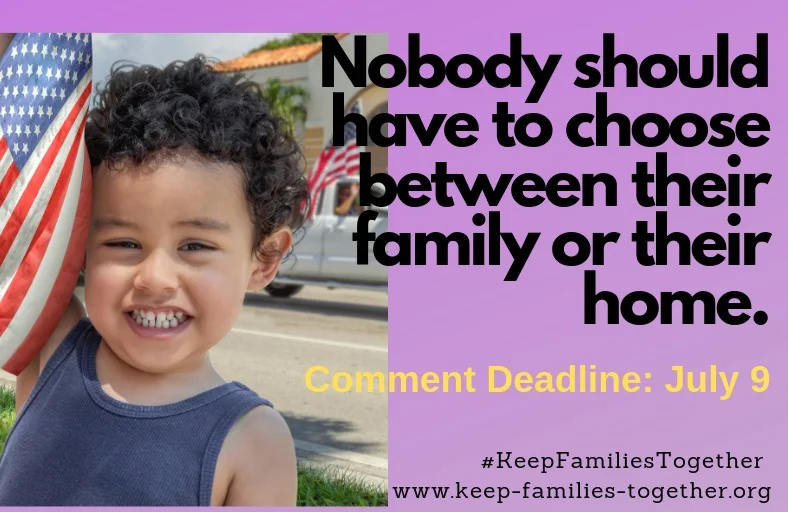Food Systems
Racism, in its intersections with economic inequality, has removed Black, Indigenous, and people of color (BIPOC) from local food sovereignty; preventing the growth, consumption, and access of nutritious food.[1] In a more just food system, all communities, regardless of race or income, can have both increased access to nutritious, affordable food and the power to influence a food system that prioritizes environmental and human needs.
Lacking access to nutritious foods can cause disease and poor health outcomes that shorten life expectancy such as obesity, diabetes, and diet-related diseases.[2] Many food workers do not have access to health insurance and quality healthcare.[3] Low-income, minority, and immigrant communities also suffer from high exposure to occupational and community health threats associated with food production and processing methods.[4]
Communities experience food insecurity, or disruption of food intake because of lack of money, resources, and food apartheid. Food apartheid results from political and economic decisions rooted in structural racism, which have inequitably led to long-term disinvestment in primarily low-income communities and communities of color.[5] Food justice improves the quality of life in which people can make real choices about what they eat.
Basebuilding community organizers are working towards food justice by advocating for increased access to healthy school meals, creating food sovereignty through local farming and youth education, supporting small-scale farm operations, directing food aid to low-income residents, and advocating for culturally-appropriate food access and land stewardship.
DISPARITIES AND STATISTICS
Race and Ethnicity:
Discriminatory housing policies have pushed BIPOC to neighborhoods with weak retail climates and a surplus of low-wage labor, both of which can lead to the proliferation of fast food and food insecurity.[6] The national average of households with food insecurity is 11.1%. Black households experience food insecurity at a rate of 21.2% and Hispanic households experience food insecurity at a rate of 16.2%.
Socioeconomic Status:
Households with incomes near or below the federal poverty line also have higher food insecurity rates than the national average. Unhealthy food outlets are more present in lower poverty ZIP codes.[7] Lower-income school districts also face budget limitations that limit their ability to provide fresh, local foods.[8] As a result, low income individuals have lower dietary quality compared to those with higher incomes.[9]
Geography:
Accessing grocery stores is more difficult for rural families who live 10 miles or more from a grocery store—a concern highest among Native American populations in the West.[10]
COMMUNITIES OF PRAXIS POLICIES
Community organizers across the nation are advocating for policy, system, environment, and practice changes that address the root causes of health inequities across the social determinants of health. Every year Praxis invites our Communities of Praxis members to share some of their top organizing or advocacy campaigns in their own communities through out annual survey.



































